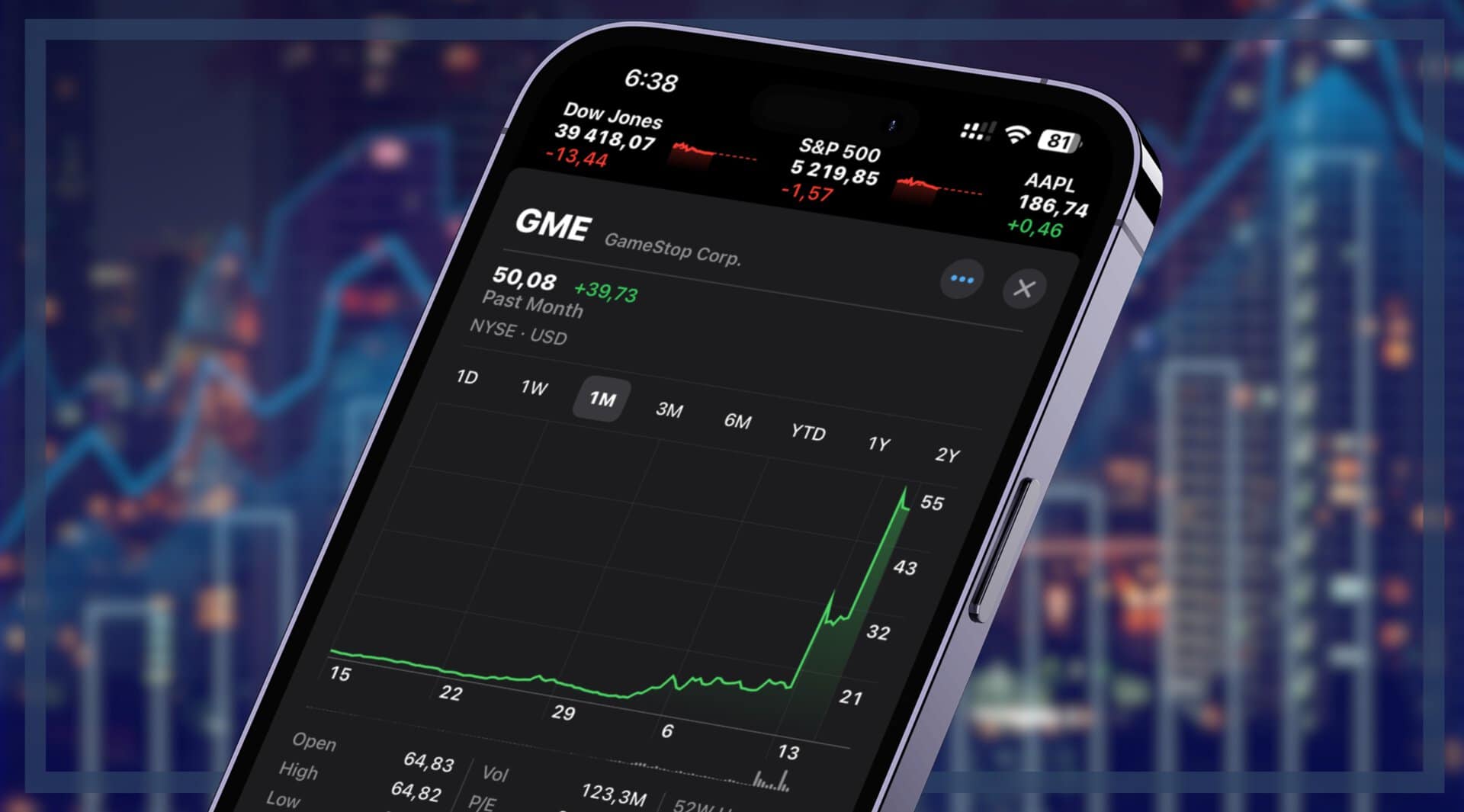The Mexican Peso (MXN) has had a turbulent June amidst dramatic election results and investor caution about the political direction of travel in Mexico, which has taken a leftwards turn. In the weeks following the election results, the peso shed over 10% of its value and, while the currency has now rebounded slightly, there remains currently considerable uncertainty on peso markets.
The peso started the year strongly as it was an attractive option for carry trades. These trades include investors borrowing in currencies that offer low interest rates, such as the Japanese yen or Swiss franc, in order to buy currencies like the Mexican peso which offer higher yields (rates in Mexico are currently at a record 11.25%). The peso also offered the additional benefits of low levels of volatility and a high degree of political stability, which is not the case amongst all emerging market currencies.
The use of the Mexican peso for carry trades has partly contributed to the currency’s strong record over the last few years – it is the world’s best performing major currency since the end of 2016.
While these carry trades were already starting to be wound down prior to the election – owing to a mixture of elevated volatility and a surge in the strength of the US dollar – the peso reacted particularly negatively to the election of the left-wing president Claudia Sheinbaum. Markets fear her policies will mean a more difficult business environment, higher government spending, and higher debt at a time when Mexico is already running a budget deficit of nearly 6% of GDP.
During the election, Sheinbaum pledged to pass constitutional reforms raising the minimum wage above inflation and promised also to expand welfare payments, while also continuing programmes started by her predecessor Lopez Obrador, such as implementing a universal pension.
In the aftermath of the election, hedge funds cut their net long positions on the Mexican peso by over 56,000 contracts, with asset managers similarly adjusting their bullish positions on the currency.
On June 2, Claudia Sheinbaum was elected to serve as president of Mexico. Carnegie nonresident scholar @OliverStuenkel analyzes this historic moment in Mexican politics and how Sheinbaum's approach will differ from that of President Andrés Manuel López Obrador.
— Carnegie Endowment (@CarnegieEndow) June 5, 2024
Watch here: pic.twitter.com/KvklMbMCje
The peso made some gains after Sheinbaum announced she was reappointing the incumbent finance minister, Rogelio Ramirez de la O, who is widely seen as a pro-business figure. The minister held a call with international investors and pledged to cut the budget deficit next year and stick to orthodox monetary and economic policies. Sheinbaum also appointed the business-friendly Marcelo Ebrard as economy minister, who has a mandate to attract foreign direct investment and promote industry and trade.
However, some are sceptical that these appointments will be enough to incentivise foreign investors to retain their exposure to Mexican markets. Edward Al-Hussainy, head of emerging market fixed income research at Columbia Threadneedle told the FT that “I don’t think the peso recovers […] the assumption that Sheinbaum is going to be softer and more business-friendly is not based on reality. She ran on a campaign that has given her a very, very aggressive mandate.”
“We were reducing our Mexican assets across credit and foreign exchange in the run-up to the election and we’ve been doing more of that since the election. The election has really weighed on the fiscal outlook for us.”
Investors wary on Mexico following peso rout https://t.co/WRTHlWO61e
— FT Markets (@FTMarkets) June 22, 2024
The declining peso is not the only cause for concern in the Mexican economy. Citi economists recently predict that economic growth in Mexico will slow to 1.8% in 2024 and 1.2% in 2025. Inflation is also predicted to rise slightly, with these trends potentially feeding into a weaker peso in the months ahead.
Author: Harry Clynch
#Mexico #MXN #MexicanPeso #ForeignExchange















